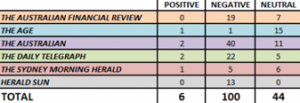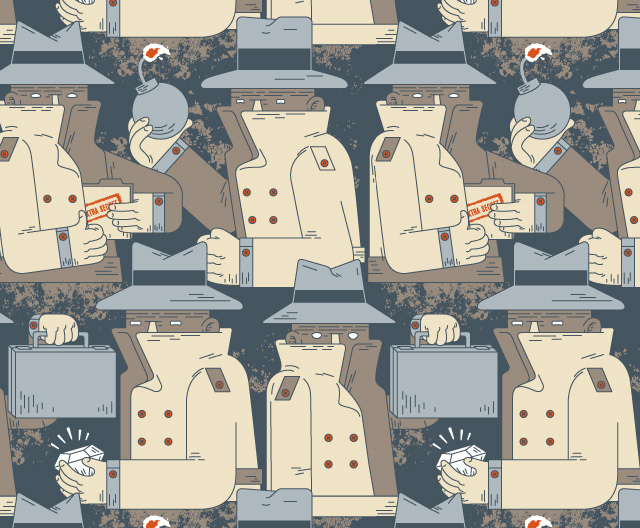The proposal of a series of media reforms to increase diversity of opinion in Australia has sparked a mudslinging, name-calling free-for-all. The most controversial of the laws, a public interest media advocate, has drawn nothing short of a hysteric and farcical response from the media, only serving to highlight the need for serious debate on media regulation and ownership in such a highly concentrated market.
The reforms come in the wake of a national Conversion Review, which along the release of the UK’s Leveson report and corresponding Finkelstein inquiry into the Australian media, has been bringing the discussion of media regulation to the fore. The scope of the proposed public interest media advocate would be to oversee the press’ own regulatory bodies and to determine whether media mergers which may injure the diversity of the country’s already very concentrated market, are in the national interest.
Many journalists have responded to the proposed media advocate with accusations of despotism, hailing the move as “draconian”, a “direct attack on free speech” and an attempt to “control the news”. Pitchforks were pointed at communications minister, Stephen Conroy, who among other demonising representations, was pictured on the front page of a popular tabloid alongside photos of Stalin, Castro and Chairman Mao. Online paper Crikey evaluated the coverage of the laws in the media in the first week of their being announced, reporting that of a total of 150 articles published in the country’s six major newspapers, 100 were negative.
While many media professionals were quick to label the proposed reforms as government interference or the work of a “press tsar”, industry experts in the country are calling the very same laws, “soft and watery”, demonstrating how the Australian media could benefit from reform. According to Tim Dwyer, media and communications lecturer at the University of Sydney, 98 percent of the media in Australia is held by three media conglomerates; News Limited, Fairfax Media and APN News and Media, while 88 percent of the market share in print news belongs to just two of these companies. When compared to statistics in other democracies, Australia fairs poorly; 62 percent of print media assets in the UK are controlled by three corporations whereas in the US, three companies hold just 26 percent of the circulation. The communications minister himself said in an interview with the ABC, that we cannot afford, “a further concentration of media ownership in this country, it’s already one of the narrowest in the world.”
Professor Julian Disney, chair of the Australian Press Council, said that while the Council as a whole remains divided on the issue, he himself would be in favour of some kind of statutory involvement provided its role only included the establishment of benchmarks and performance reviews. Barrie Cassidy, veteran political reporter of the public broadcaster, ABC, said media reform in Australia is “not an attack on the free press, just common sense.”
Of the six bills, only two were passed, of which the highly contested media advocate was not one. Although however necessary reform may be, there’s no arguing that from the government’s refusal to accept appropriations, to their eight day self-imposed deadline, the introduction and discussion of the recent reform bills were poorly managed. The complexity of cross media laws is also to be debated, as while one arm of the proposed reforms sought to impose a “public interest” test to hinder a narrowing market, another reform, which did pass, quashed the possibility of a fourth commercial television network. Yet another reform which intended to scrap the current law preventing regional and local broadcasters from reaching over 75 percent of the population, would, according to Network Ten boss, Hamish McLennan, encourage the takeover of local broadcasters, “I think that what you’ll see is an automatic reduction in diversity.”
Photo credits: mudei para / Flickr CC
Tags: Australia, Australian Media, Crikey, Foreign Media Ownership, Leveson Inquiry, News of the World














































